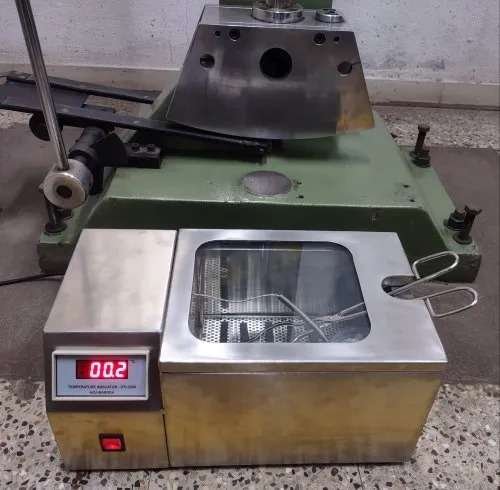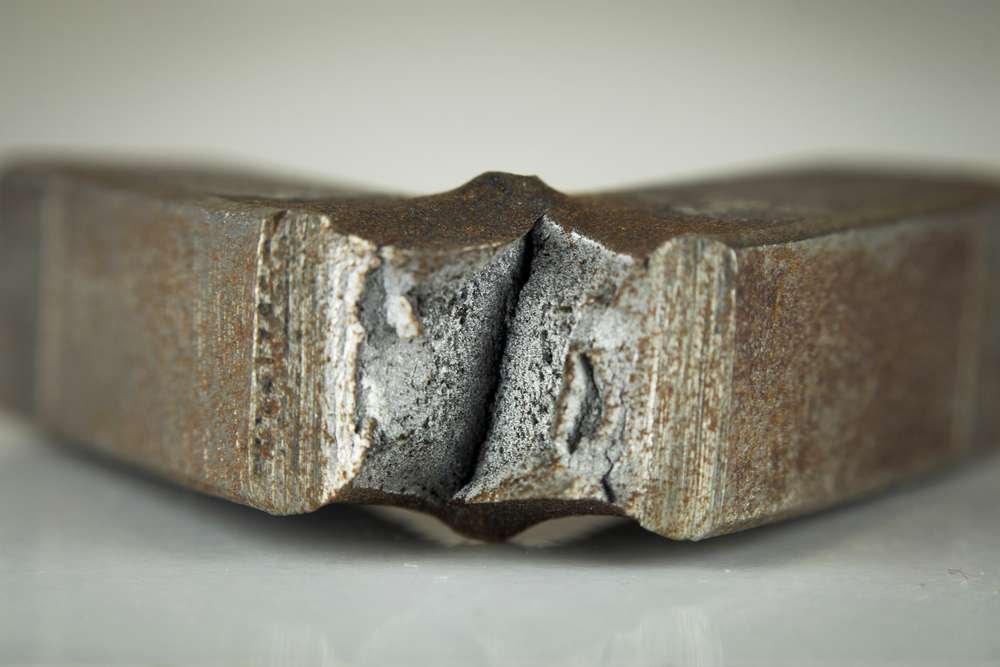
Impact testing
Impact testing measures a material’s toughness by calculating the energy absorbed during fracture, which indicates its behavior under sudden loads and helps classify it as brittle or ductile. This test is also key to studying the brittle-ductile transition, which varies with temperature.
Purpose of Impact Testing
The primary aim is to assess material behavior under high-speed deformation, predicting how it might perform under real-world impact conditions to estimate its service life and resilience.
Types of Impact Testing
- Pendulum Impact Testers: Measure impact energy by the rise height of the pendulum post-impact.
- Charpy: Horizontal strike, measuring absorbed energy.
- Izod: Vertical specimen positioning.
- Tensile Impact: Measures energy under tensile stress.
- Drop Weight Testers: Used for larger samples and high-energy impacts.
Mechanism of Impact Testing
When impacted, a material absorbs energy up to its yield point, with further energy causing work hardening until it fractures. Total impact energy reflects the work required to break the material, guiding design for impact resistance in real-world applications.



Why is Impact Testing Important?
Impact resistance is a critical property for part designers, often challenging to quantify. It is vital for assessing service life and ensuring product safety and liability.
- Expected Impact Energies: Understanding the energies a part may encounter throughout its lifespan.
- Type of Impact: Identifying the impact that will deliver that energy.
- Material Selection: Choosing a material that can endure such impacts over time.
- Molded-in stresses
- Polymer orientation
- Weak spots (e.g., weld lines, gate areas)
- Part geometry
Pendulum Impact Testing:
Uses a rotating hammer to strike the sample at the lowest point of its arc.
Measures force in the horizontal plane.
Drop Weight Tester:
A mass is dropped onto the sample, with impact measured using a load cell.
Force is directed vertically and can also measure deformation, providing more insights into material properties.
Standards for Impact Testing
Key standards for measuring impact resistance include:
Charpy Pendulum Impact Test: (ISO 179/ASTM D6110)
Izod Test: (ISO 180/ASTM D256)
Testing Flexibility
ISO 11343: Peel Impact Test Method
ISO 8256: Tensile Impact Test
ISO 6603-2 & ASTM D3763: Puncture Resistance of Plastic
ASTM D7136: Compression After Impact